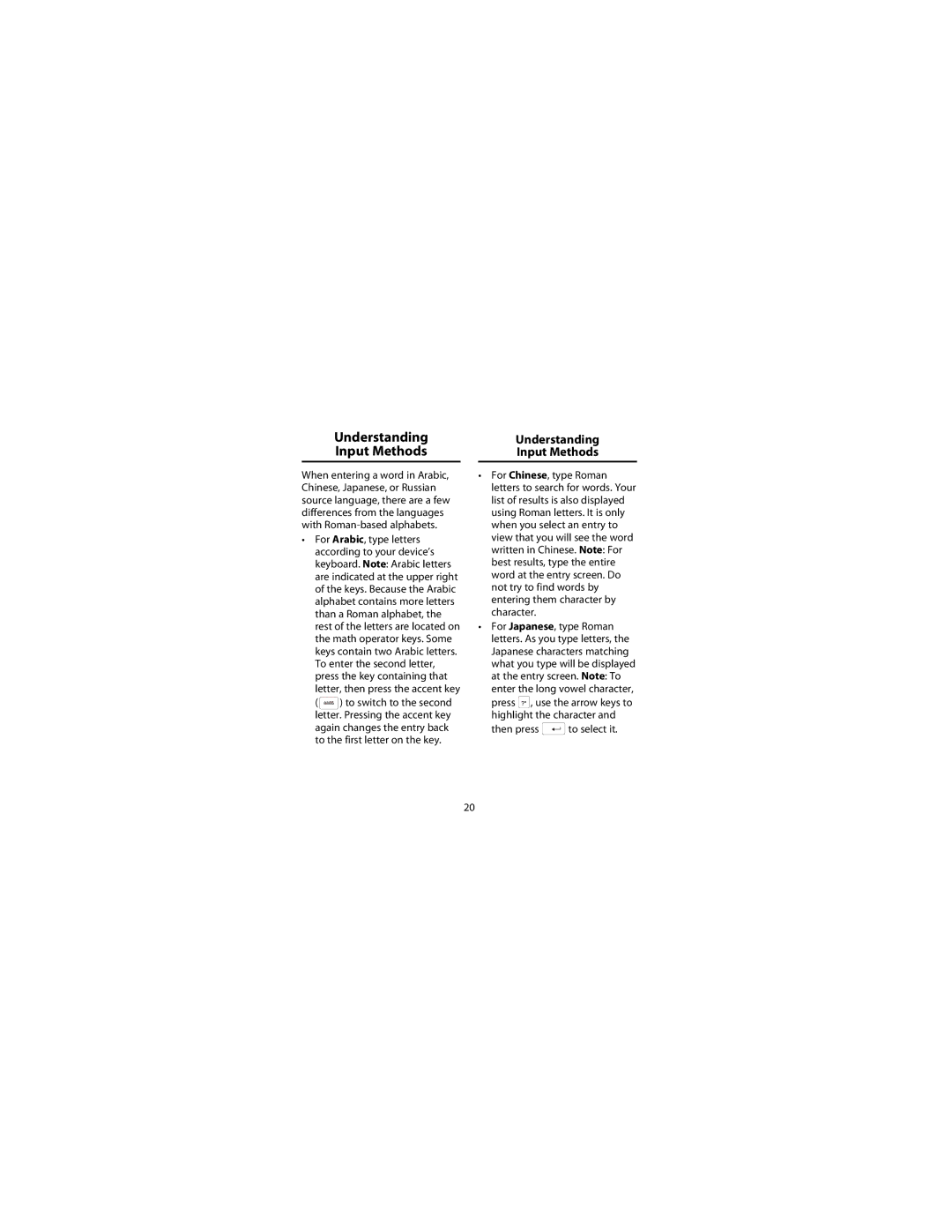TGA-495, Franklin Electronic Publishers specifications
Franklin Electronic Publishers is recognized for its innovative approach to educational and reference tools, with the TGA-495 model standing out in their robust lineup of electronic dictionaries and learning devices. This portable and user-friendly gadget is designed for students, language learners, and professionals who require reliable access to a wide array of information.One of the main features of the TGA-495 is its extensive dictionary database, which includes multiple languages and a wealth of definitions, synonyms, and antonyms. This multi-language support is particularly appealing for users who engage in translation tasks or are learning a new language. The device also boasts advanced spell-check and word prediction functionalities, enabling users to enhance their writing skills and vocabulary effortlessly.
Incorporating state-of-the-art technologies, the TGA-495 utilizes a high-resolution LCD screen, allowing for clear and easy reading of text. The user interface is designed with simplicity in mind, providing intuitive navigation through a well-organized menu system. This ease of use is complemented by a durable keypad that allows for straightforward input, making it accessible for users of all ages.
Another noteworthy characteristic of the TGA-495 is its robust memory capacity, which can store a considerable amount of data, including user-created flashcards, notes, and customized lists. This feature is ideal for learners who wish to personalize their study materials and track their progress over time. Furthermore, the device can be updated with additional software or dictionaries, ensuring that users have the latest information at their fingertips.
The TGA-495 is also designed with portability in mind. Its compact and lightweight form factor makes it easy to carry in a backpack or handbag, ensuring that users can access valuable resources anytime and anywhere. The long battery life is another significant advantage, allowing for extended use without the need for constant recharging.
Connectivity features may include the option to sync with computers for easy data transfer, further enhancing the device's utility for students and professionals alike. Overall, the Franklin TGA-495 combines functionality, portability, and advanced technology into a comprehensive tool, facilitating the quest for knowledge and effective learning across various subjects and languages.
